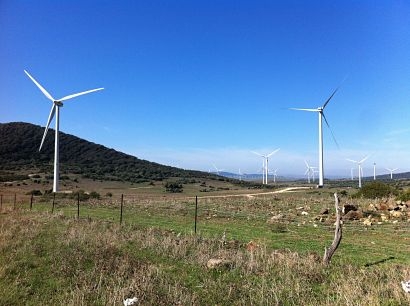
Although onshore wind is the cheapest form of new power generation in Europe, wind energy projects are capital intensive and sensitive to regulatory uncertainty. In order to help bring down the cost of projects in the region, governments should submit their 2030 National Energy and Climate Plans well before the end of 2019 and with an appropriate level of detail. The plans should cover the integration of regional energy markets, development of joint renewable energy projects as well as long-term decarbonisation and electrification strategies.
European industry and consumers are already benefitting from corporate renewable power purchase agreements (PPAs). They allow large energy consumers, for example in IT, chemicals and heavy industry, to secure wind power at a competitive price. In 2017, almost 1.1 GW of renewables was contracted with corporate buyers, but deals are currently concentrated in Northern Europe. CESEC governments should remove the regulatory and administrative barriers to corporate PPAs in order to help countries achieve their national renewable energy ambitions and unlock billions of euros of investment.
Finally, for consumers to take full advantage of wind energy, electricity markets and grids need to be transformed and made fit for wind and other renewables.
“A series of abrupt and/or retroactive changes to national support schemes in the region since 2013 has resulted in additional risk premiums on projects” said Dickson. “It’s as high as 12 percent in Croatia compared to 3.5 percent - 4.5 percent in North West Europe. This means governments and consumers in the region pay a higher price for the same installations. We’d like to see CESEC develop a list of priority renewable energy projects to compete for EU funding under the Connecting Europe Facility. CESEC’s list of priority projects and actions should also include efforts to identify and support cross-border renewable energy projects”
For additional information:

